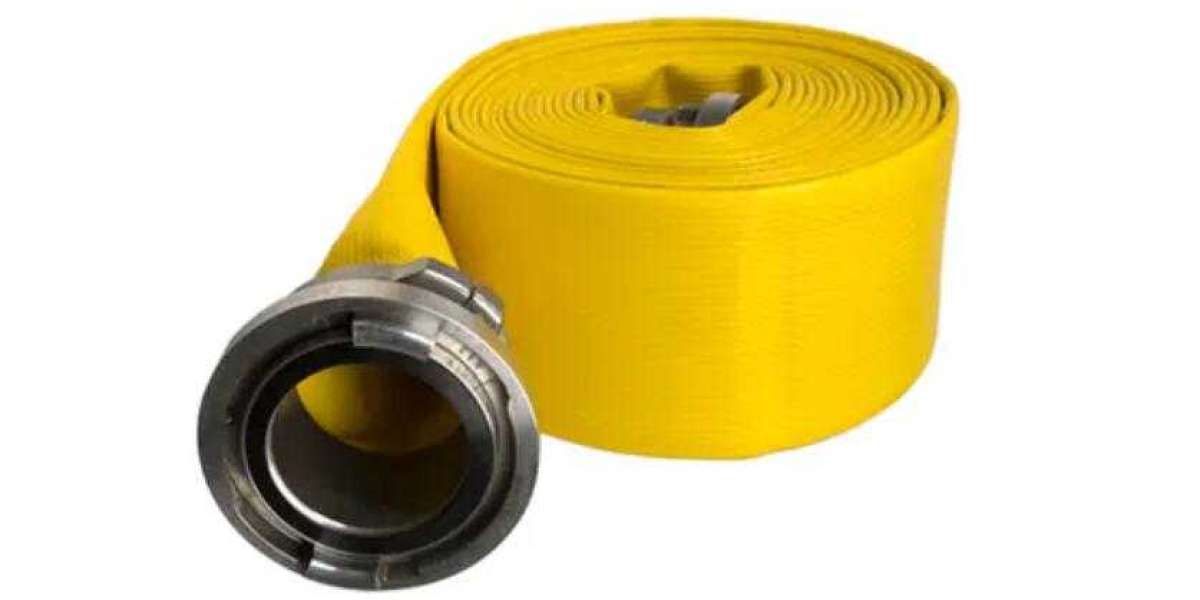When it comes to firefighting equipment, two common hose types are fabric fire hoses and rubber-covered fire hoses. Both types serve the same primary function—delivering water to suppress fires—but they have distinct differences that make them suitable for specific environments and firefighting needs.
Fabric fire hoses are known for their lightweight construction and flexibility. They are ideal for quick deployment and are often used in residential, commercial, or urban settings where maneuverability is essential. The fabric material, while durable, can be more prone to abrasion, making it less suitable for extreme conditions. However, they offer excellent performance in situations that require ease of movement and quick response times.
On the other hand, rubber-covered fire hoses are designed for harsher conditions. The rubber coating provides added durability, making these hoses better equipped to handle high-pressure environments, extreme weather, and abrasive surfaces. They are commonly used in industrial and hazardous areas, where durability and resistance to wear and tear are more critical.
Both hoses require regular maintenance to ensure long-term functionality. While fabric hoses are easier to store and handle, rubber-covered hoses offer a higher level of protection for more demanding situations. Understanding the specific needs of your firefighting operation will help you choose the best type of hose for the job.







